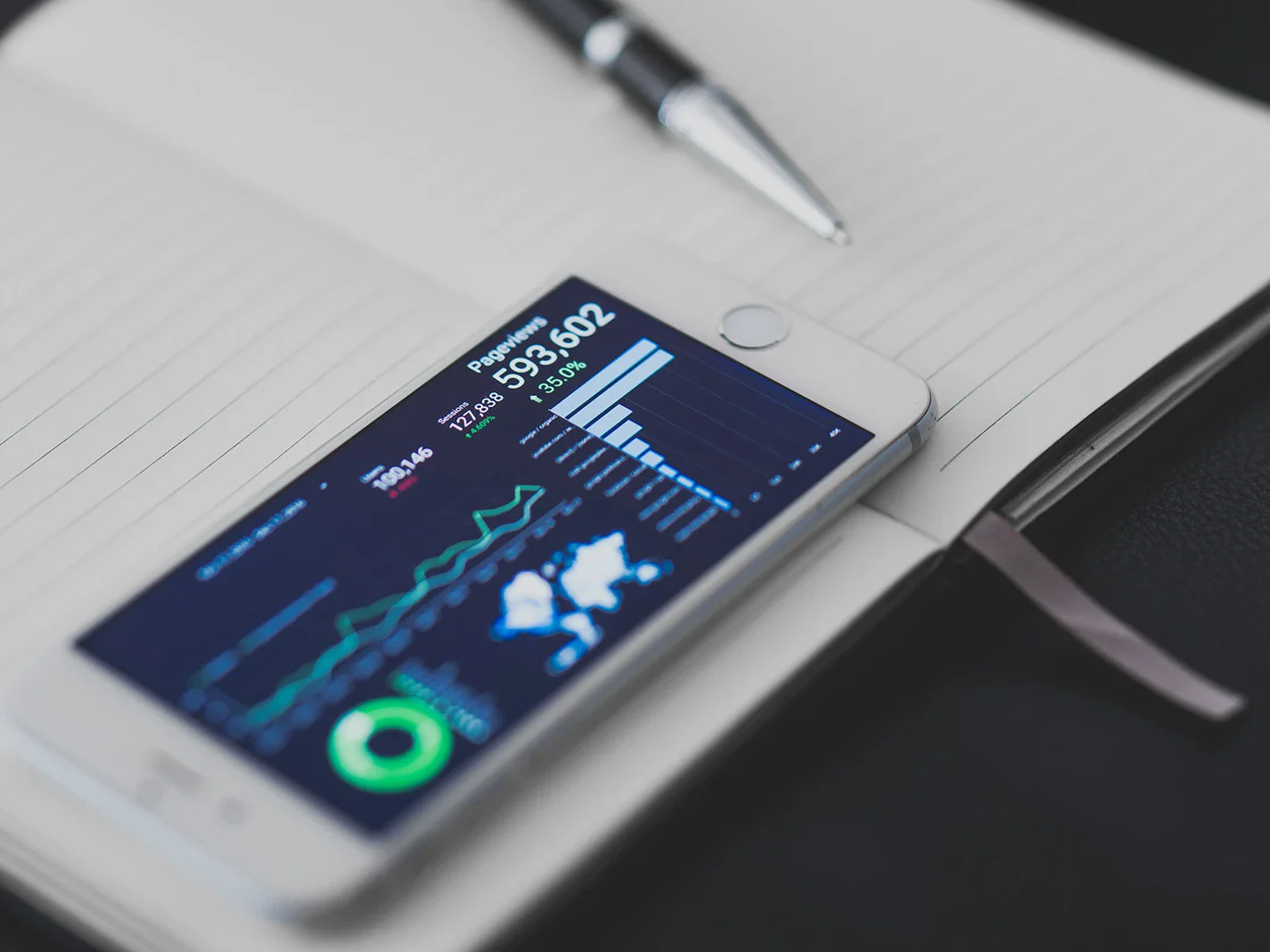What is programmatic?
Although there are no concrete studies, it is estimated that the average person sees up to 10,000 advertisements per day - almost twice as many as in 2007.

The most obvious explanation for such an existential rise in advertising is the boom in online advertising. In 2021, Google Ads alone generated over 209 billion dollars in revenue and Facebook 32 billion dollars.
In such a saturated market, it can feel impossible for brands to make themselves heard and make their advertising campaigns stand out from the crowd. This is where programmatic comes into play and is proving to be an invaluable asset for businesses around the world. But what exactly is programmatic and how does it work?
What is programmatic?
As the name suggests, programmatic is the perfect blend of programs and automation, mainly used in the field of digital marketing. It eliminates the human element of ad buying and instead uses sophisticated software to signal to users where their ads will be most effective.
This is done through a variety of different tools, but mostly relies on algorithms that have learned information from similar looking campaigns. Simply enter your key performance indicators (KPIs) and the audience you want to reach, and the programmatic platforms will take care of the hard part: making sure your ad spend is spent effectively and efficiently to maximize the success of your campaign.
The popularity of this method of ad buying is best illustrated by the phenomenal growth of the sector, which has more than doubled in the last five years to 493 billion dollars. It is estimated that the global market for programmatic advertising spend will reach £724 billion by 2026!
But where does the software get its data from?
Of course, data sets about target groups are not simply plucked out of the air. In the programmatic sector, data is obtained either from first, second or third-party data. In short, each data group can be described as follows:
- First-party data: Data that you have collected from your own target groups and that belongs to you. This type of data is the most meaningful, but depending on your database, may not be the most comprehensive data set.
- Second-party data: Data that comes from a partner's first-party data and is accessed by mutual agreement.
- Third-party data: Data obtained from an external - usually anonymous - source. This data is of the lowest quality, but may have the widest reach in terms of the number of records available.
Is it all simple?
Of course, programmatic allows its users to make brilliant data-driven decisions and save time on tedious manual tasks within the media buying process, but there are always hurdles to be wary of.
For example, it would be extremely bad practice to hand over the reins to machines and technology without human oversight. Just because the algorithm may find the most cost-effective place for your ad doesn't mean it should appear there. Unfortunately, there are numerous case studies of programmatic ads being placed in inappropriately juxtaposed positions that have landed brands in big trouble.
Programmatic is undoubtedly leading the way when it comes to media ad buying, and many marketing teams are relying heavily on the insights it offers to make the most of their ad campaigns in this technology-driven world.
There are countless examples of programmatic ad buying being worth its weight in gold because it delivers an amazing return on investment (ROI), but there are also too many instances where it hasn't quite achieved its goal. Whether it's ad misplacement or programmatic fraud, as with anything in the world of data and analytics, human skills and knowledge cannot be replaced by machines without consequences.



